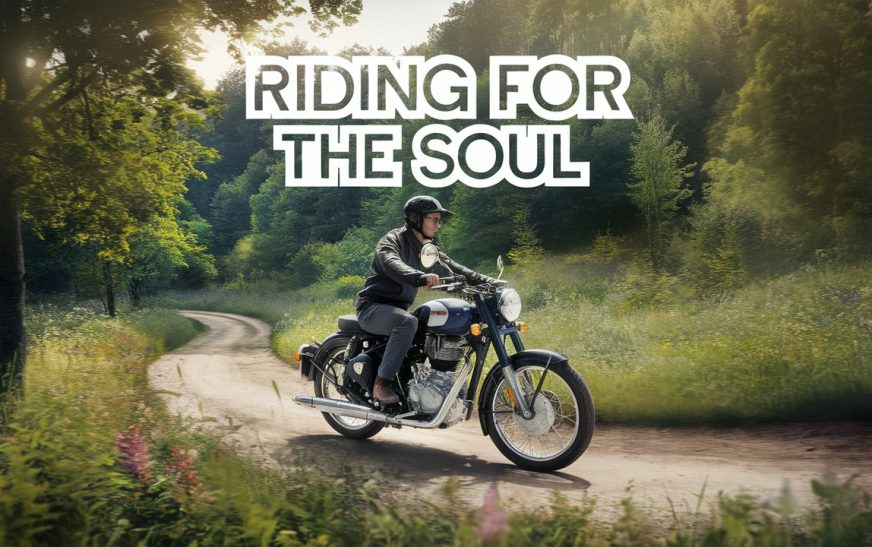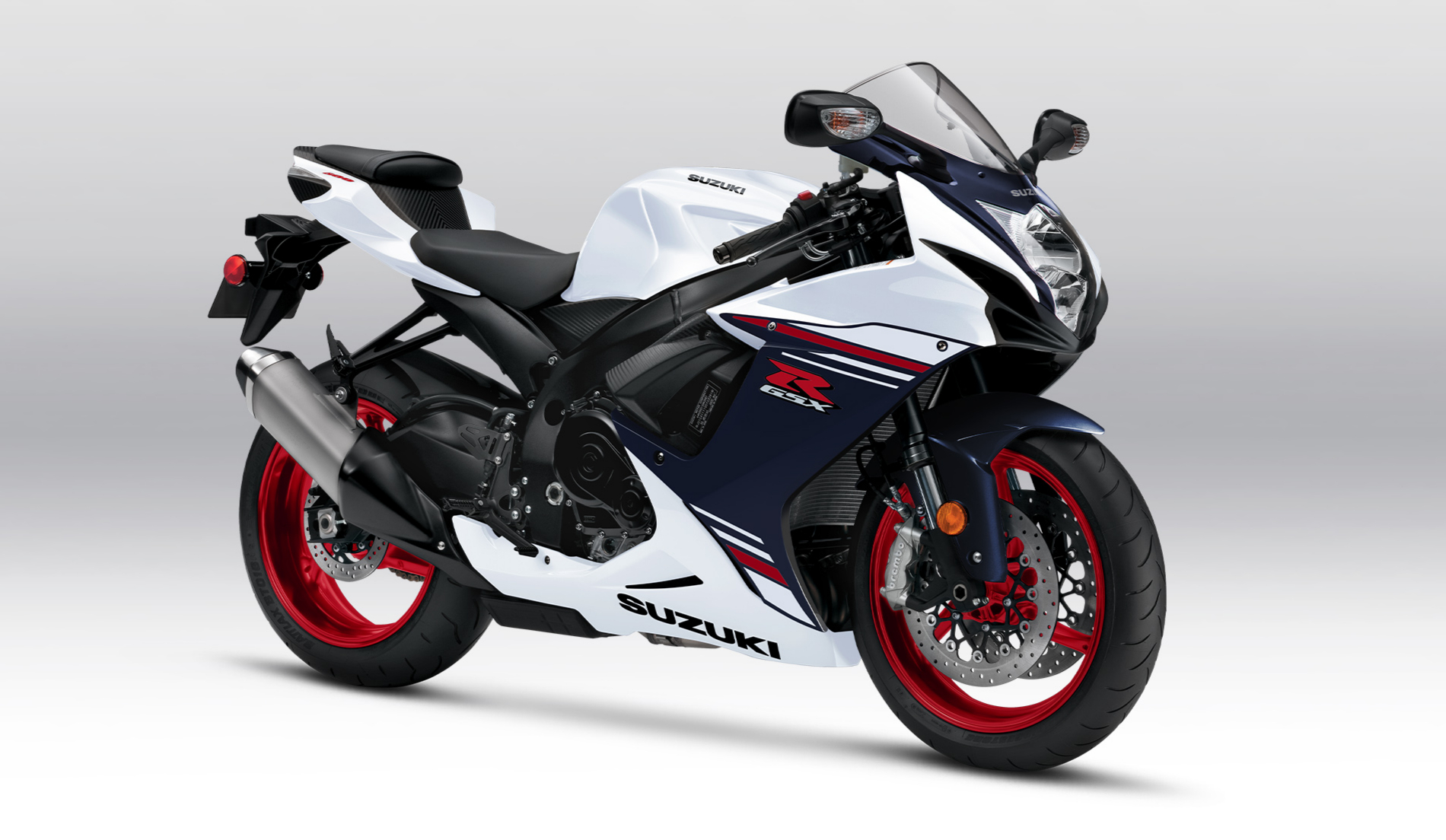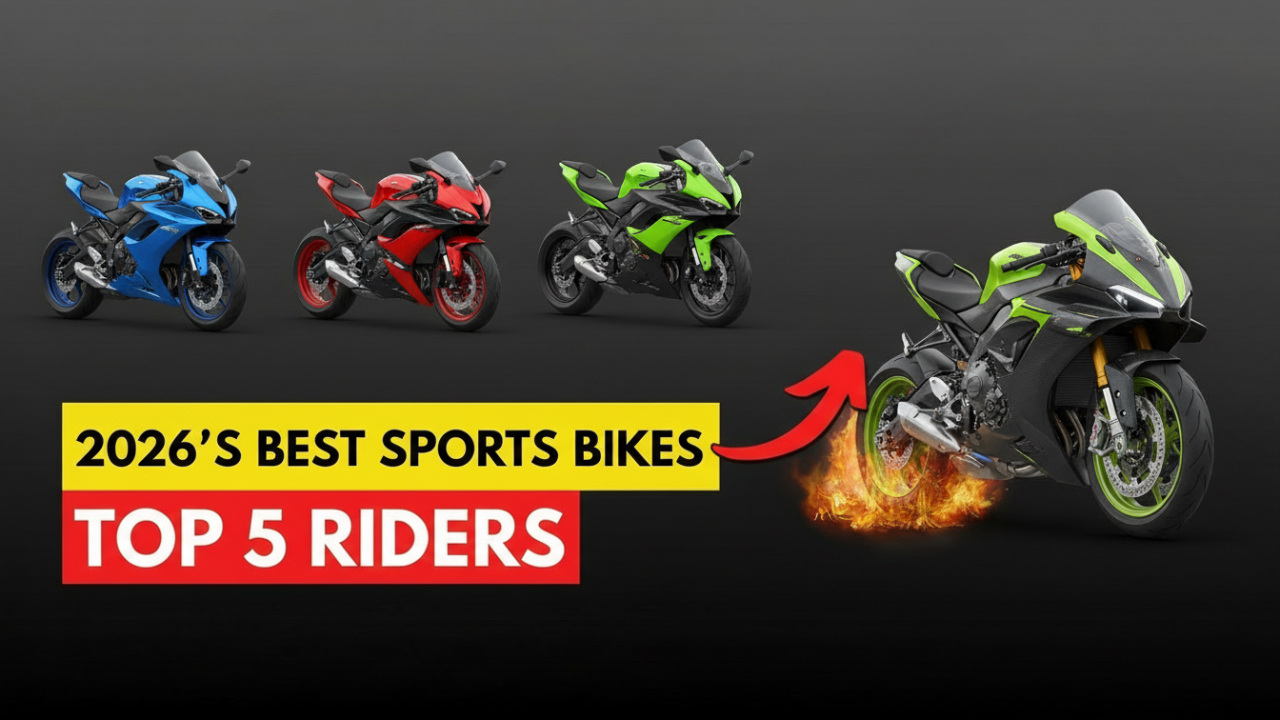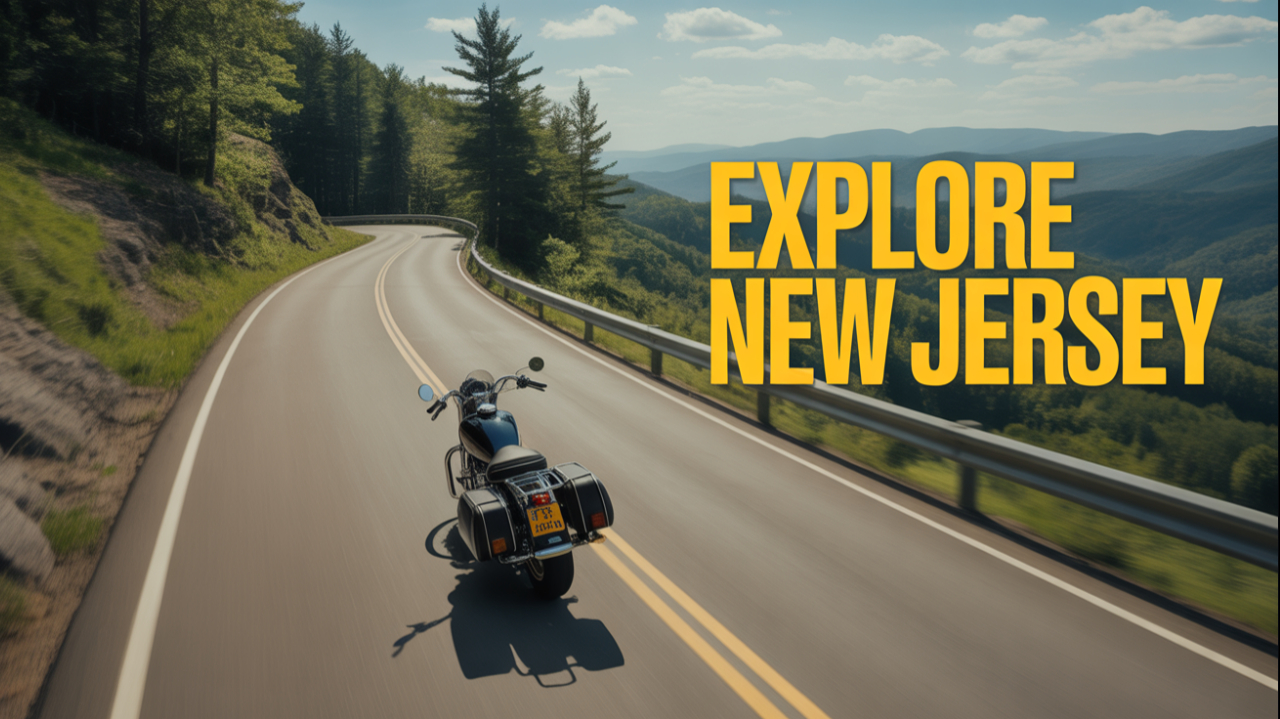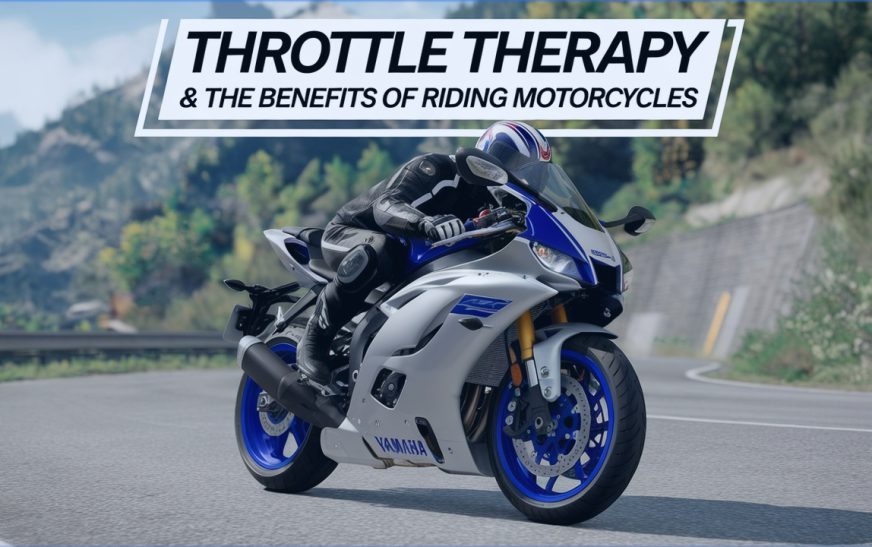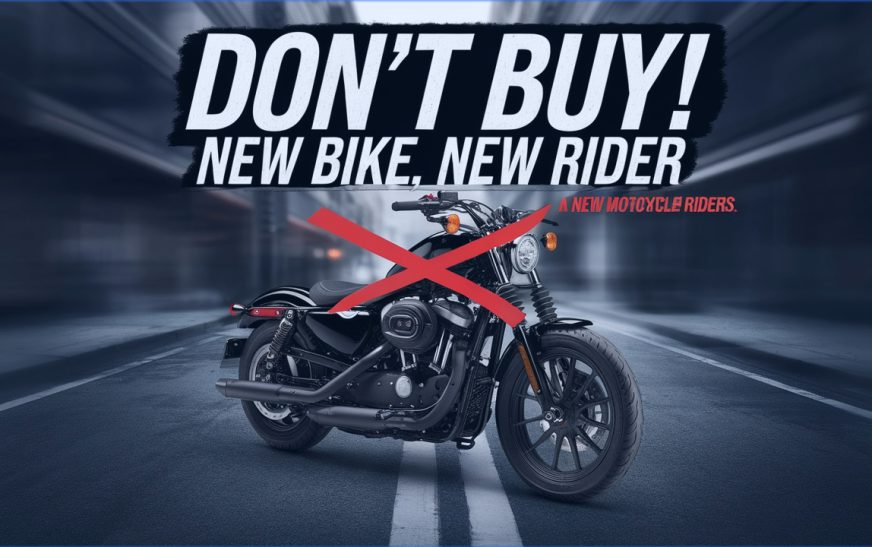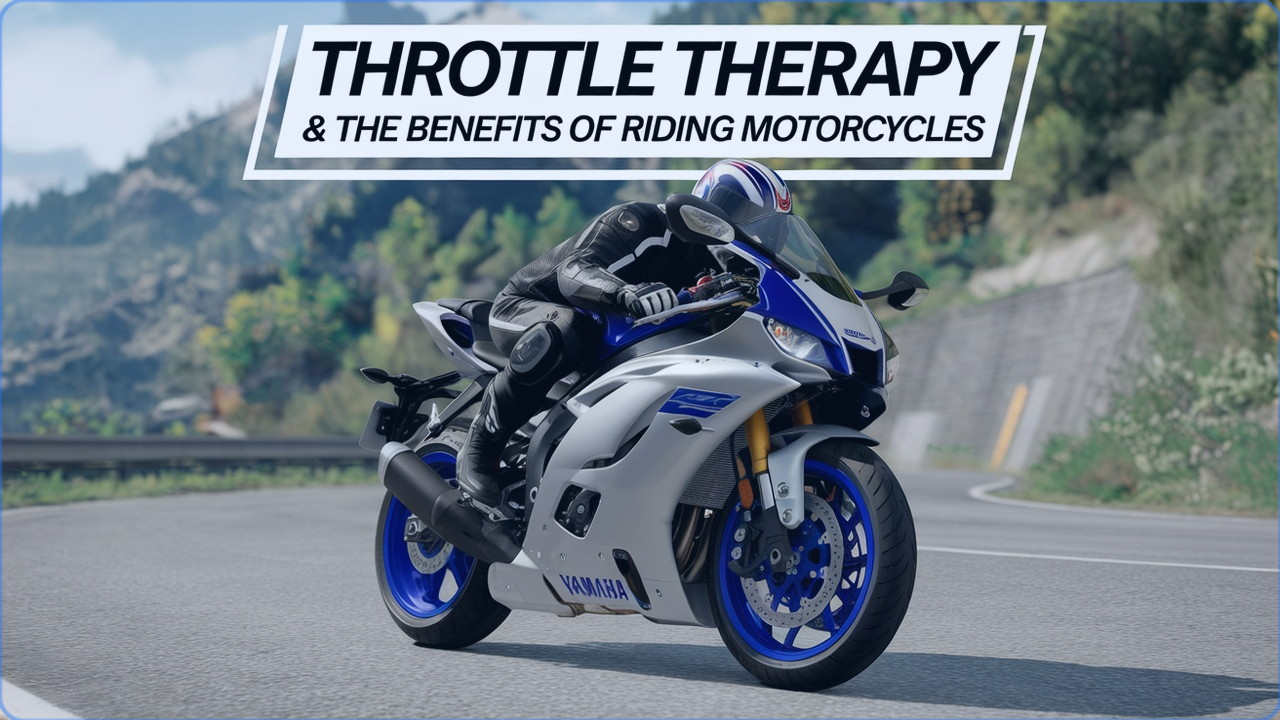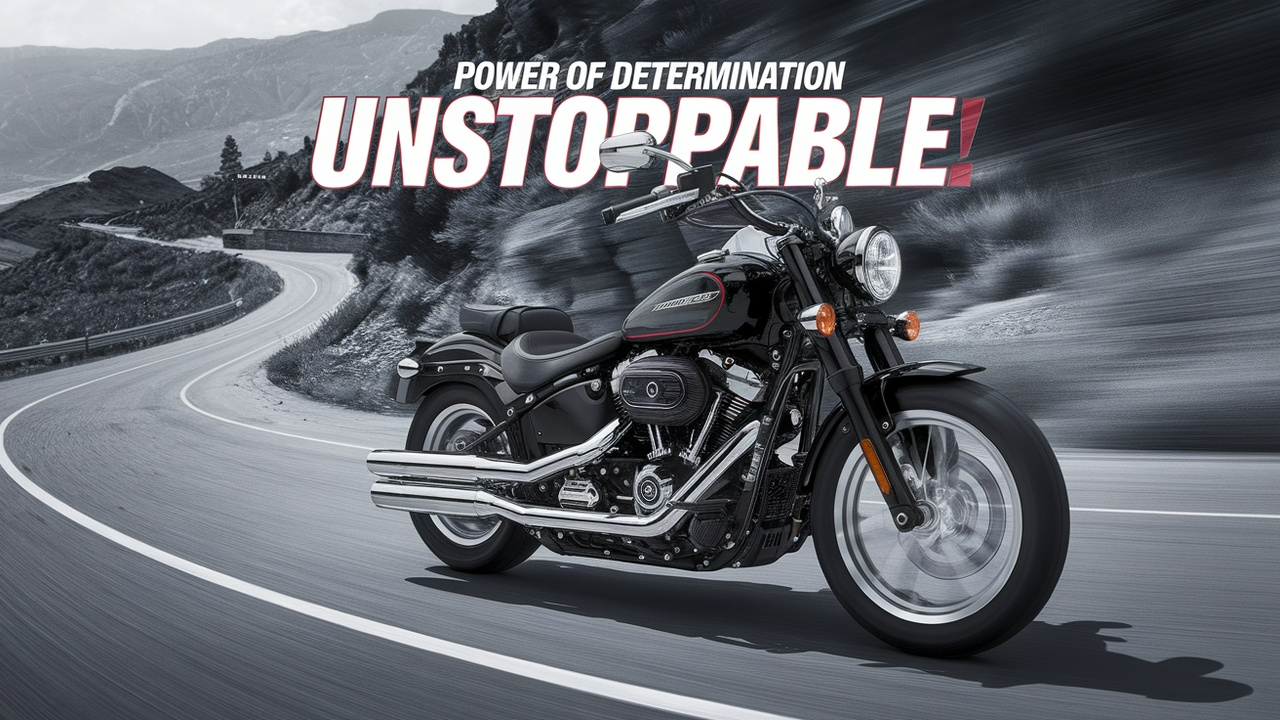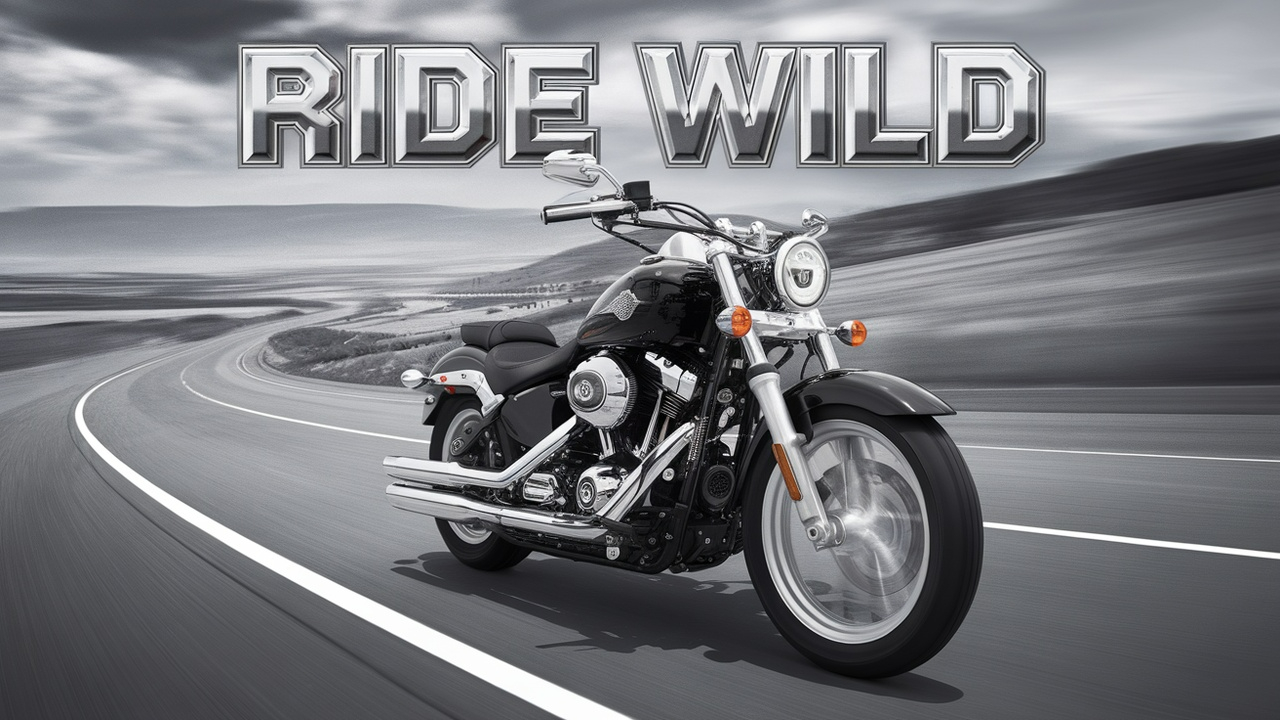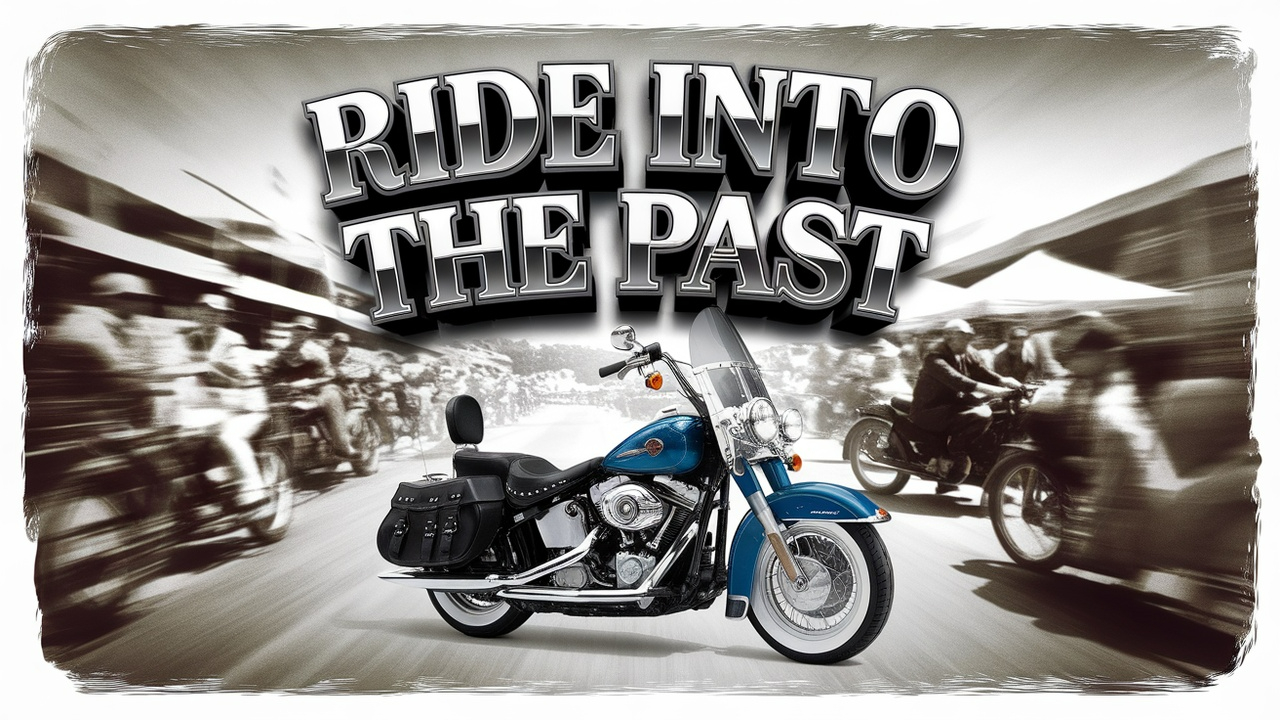Riding for the Spirit
Motorcycle riding is more than just a hobby or mode of transportation; for many, it’s a passion, a way of life, and an avenue for personal expression. The decision to ride a motorcycle is influenced by a wide array of factors, ranging from the practical to the emotional, and the experience of riding often transcends simple transportation. From the adrenaline rush of open roads to the meditative tranquility of solo rides, motorcycle riders are drawn to the sport for diverse reasons. Whether it’s the sense of freedom, the connection with the road, the thrill of the ride, or the sheer joy of mastering a machine, there’s something inherently unique about motorcycling that keeps people coming back for more. In this piece, we’ll explore the many reasons why people ride motorcycles, diving into the psychological, physical, and social benefits that make motorcycling a compelling activity for so many.
The Freedom of the Open Road: A Sense of Liberation
One of the most universally recognized reasons people choose to ride motorcycles is the sense of freedom that comes with it. The open road presents an entirely different experience compared to driving a car. For riders, motorcycles provide a feeling of liberation—there’s no metal cage between them and the world around them. The wind in their face, the sounds of the engine, and the open expanse in front of them create a sensory connection to the world that is difficult to replicate in any other form of transportation. This sense of freedom allows riders to escape the constraints of everyday life. When on a motorcycle, the road becomes a place where they can leave behind stress, worries, and responsibilities, at least for a little while. The feeling of the bike under their body, the engine beneath them, and the smoothness of the road ahead provides a deep emotional release.
For many, riding a motorcycle allows them to find their personal space, to travel at their own pace, and to navigate through life in a way that feels unburdened by society’s pressures. Riders often describe motorcycling as an escape from the demands of work, family, or other life obligations. It’s a time when they can focus solely on the ride and themselves, a rare moment of solitude and peace. For some, the freedom of the open road is a spiritual or emotional experience that brings them closer to nature and themselves. Riding gives them a space to think, reflect, or simply enjoy the silence.
Adrenaline and Thrill: The Rush of Speed
Another significant reason people are drawn to motorcycles is the thrill of the ride. The experience of accelerating on a motorcycle, leaning into a turn, or feeling the power of the engine beneath them is intoxicating for many riders. The rush of adrenaline that comes from handling a motorcycle is unlike any other experience, and for many, it’s the excitement that fuels their passion. Motorcycles provide a visceral connection to speed. The sense of power, acceleration, and control creates a heightened sense of awareness and an intense adrenaline rush.
This thrill-seeking aspect of motorcycling can be compared to extreme sports, where riders seek out the excitement of pushing their limits. The challenge of mastering a motorcycle, understanding its nuances, and developing the skill to navigate both city streets and winding country roads creates a sense of accomplishment and satisfaction. For some, the faster, the better—the pursuit of high-speed riding and perfecting their skills on the road fuels their passion for the sport.
At its core, the ability to ride a motorcycle well, and push the bike to its limits, is a reflection of the rider’s control over the machine. This feeling of being in command, especially in high-performance situations, provides an empowering sensation. Whether it’s carving through corners on a canyon road, or accelerating down an empty highway, motorcycles give riders an immediate connection to the forces of speed and movement, making the ride a constant source of exhilaration.
The Sense of Connection: Man and Machine
Motorcycling is unique in that it creates a deep connection between the rider and the machine. Unlike driving a car, where the experience is often impersonal, riding a motorcycle demands full engagement from the rider. The motorcyclist becomes one with the bike—guiding its movements, shifting its weight, and feeling the subtle changes in the road surface. This connection requires not only physical interaction but also mental engagement. A rider needs to constantly assess the conditions of the road, make decisions quickly, and maintain full control over the bike, creating a sense of unity between man and machine.
Riding a motorcycle requires heightened awareness and skill. This constant interaction is deeply satisfying for those who enjoy a hands-on approach to life. It’s a dynamic activity that requires focus and attention to detail. The physical demands of controlling the throttle, brakes, gears, and steering, combined with the mental process of assessing the surroundings, create a sense of partnership with the motorcycle. For many riders, this partnership enhances their connection to the sport and is a source of great pride and joy. Some even go as far as customizing their bikes to reflect their personalities and preferences, further strengthening the bond they share with their machines.
Stress Relief and Mental Clarity: Therapeutic Benefits
Motorcycling can serve as a form of therapy for many riders. The focus and concentration required to ride a motorcycle provide a form of mental escapism. The experience of riding is inherently meditative. By focusing entirely on the task at hand—navigating through traffic, adjusting speed, and maintaining balance—the rider is able to push aside any external distractions or negative thoughts. This focus allows riders to clear their minds, effectively providing a mental “reset” during and after the ride.
For many riders, motorcycling offers a temporary respite from the stresses of everyday life. The rhythm of riding, the smoothness of the bike’s engine, and the act of being fully present in the moment create a calming experience. This mental relief is often likened to mindfulness practices, where being in the moment and focusing on the present allows for emotional and psychological healing. When riding, many riders experience a decrease in anxiety, reduced stress, and even a sense of peace. Whether it’s the repetitive motion of throttle control, the wind against the skin, or simply the focus required to ride safely, motorcycles can be a form of stress relief that is both fun and effective.
For others, motorcycle riding can even help manage conditions like depression or PTSD. The sensation of control, the therapeutic qualities of the ride, and the sense of accomplishment that comes with mastering the bike help to build confidence and offer a sense of empowerment. For riders dealing with mental health issues, the act of riding can be a source of solace and strength.
Community and Camaraderie: Riding with Like-minded Individuals
Motorcycling is often a social activity, and for many riders, it’s the camaraderie of the motorcycle community that makes the experience even more special. Motorcyclists often form close-knit bonds with other riders, whether through local clubs, organized rides, or simply through a shared love of the sport. The motorcycle community is one of the most inclusive and supportive groups, where individuals from all walks of life come together to share their passion.
This sense of community is a key motivator for many riders. Riding together, whether in groups or on longer road trips, fosters a sense of friendship and mutual respect. The bond between motorcyclists goes beyond just riding; it’s about shared experiences, whether it’s a cross-country trip, a weekend ride to the countryside, or simply gathering at a local bike meet. Many riders find that the social aspect of the sport provides a sense of belonging and adds a layer of enjoyment to the experience.
In many ways, motorcycling becomes a form of personal expression within the group. Riders customize their bikes to reflect their own tastes, from the color scheme to the type of exhaust and handlebar configuration. This personalization of the bike allows individuals to showcase their identity and find solidarity with others who share similar tastes. The community aspect of motorcycling often fosters lifelong friendships, as riders share their stories, adventures, and knowledge about bikes.
Cultural Influence and Personal Identity
Motorcycle culture also plays a significant role in why people choose to ride. Over the decades, motorcycles have been linked with a variety of cultural movements, from rebellious biker gangs to countercultural icons in the 1960s. Movies, music, and media have further romanticized motorcycling, making it synonymous with freedom, independence, and adventure. For many riders, choosing to ride is as much about embracing a cultural identity as it is about enjoying the physical act of riding itself.
Motorcycles often symbolize a rejection of societal norms and conventions, with many riders viewing the bike as a statement of individuality and non-conformity. This association with rebellion and freedom is a key part of why people are drawn to motorcycles—they represent an alternative lifestyle that values personal freedom over societal constraints. Riding a motorcycle, therefore, becomes a way to connect with this cultural narrative and embrace a life that prioritizes adventure, independence, and authenticity.
The Joy of Mastery: Learning and Skill Development
Finally, one of the most appealing aspects of motorcycling is the opportunity for continuous learning and skill development. Riding a motorcycle is not simply about getting from point A to point B—it’s about mastering the art of riding. From perfecting body positioning to understanding bike dynamics, there’s always something new to learn. For many riders, the process of improving their skills, whether it’s cornering, braking, or managing different terrains, adds a sense of achievement and satisfaction to the experience.
Motorcyclists take pride in their ability to control their bikes and navigate through challenging conditions, and this sense of mastery is part of what keeps riders coming back. Riding becomes a form of personal growth, where each ride offers an opportunity to improve and refine skills. For some, this learning process continues for years, as they move from beginner bikes to more advanced machines, continually pushing their limits and challenging themselves.
Conclusion
The reasons why riders ride motorcycles are diverse, personal, and deeply rooted in both the physical and emotional
Are you curious if the Yamaha R3 can outperform the R6? Please click here for further information.

